-
Singapore
Copyright © 2025 Powered by BCI Media Group Pty Ltd
Confirm Submission
Are you sure want to adding all Products to your Library?
Contact Detail

Apart from cementitious tile grouts that are commonly used for construction and renovation, another option is epoxy tile grouts. Epoxy tile grouts, by nature, have extremely low water absorption, is more resistant to stain and unlikely to promote mould growth. However, dirt can still accumulate on grout surface, though it can be cleaned off with scrubbing.
There are performance standards for epoxy tile grouts. They are classified RG according to BS EN 13888 and ISO 13007-3 standards.
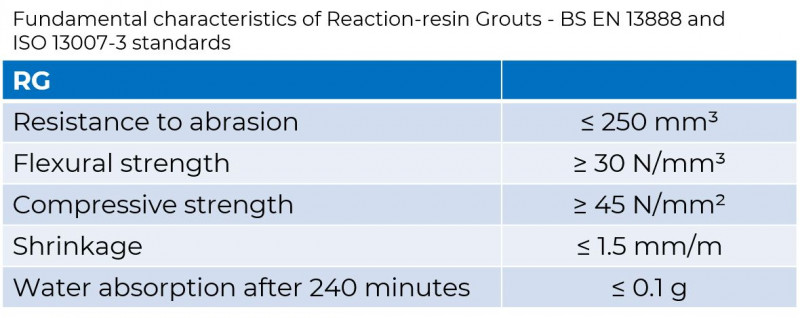
Marble glue is an adhesive compound that is used to fill crevices or cavities of marble, granite and other stones. It may not possess the properties of a “reaction-resin” grout, class RG, in accordance with the standards. Marble glue is rigid by nature and may not have the physical properties required for the joint. Mapei’s Kerapoxy Easy Design belongs to class RG and meets the performance requirements in the standards. Kerapoxy Easy Design can be applied to joints in internal marble flooring and a nice seamless finish can be achieved after a polishing process.
Setting time
Epoxy grout has shorter working time and sets faster than cementitious grout. Once the components are mixed together, the chemical reaction of the product starts to take place. Therefore, mixing the product in smaller quantities in its pre-measured ratios is recommended and to use up the epoxy mortar mix within 30 minutes of the mix.
Tile surface
Tiles with textured surface may be harder to clean as the resin can be trapped in the recessed parts during the application. The cleaning process will require a scrubbing pad and water to loosen the mortar and then wipe off with a special sponge. The process is to be repeated until the surface is clean.
External areas
When applying epoxy grouts on external areas, one must be mindful of the ambient temperature. On a sunny day, the epoxy grout will dry up much faster than usual. It makes cleaning difficult and may result in residue stains. It is generally not advisable to use epoxy grouts for external areas. However, when using epoxy grouts to fill tile joints in swimming pools, application must be done under shelter.
Epoxy tile grout works differently from cementitious grouts (know their difference in “Types of Grouts for Tile and Stone works”). The application of epoxy grouts requires an experienced tradesman. It is easier to get it right the first time than to rectify issues after it has occurred.
Below are the recommended application methods for applying epoxy grouts:
1. Mix the components in accordance to recommended ratio and with an electric mixer.
2. Apply grout mortar with a firm rubber trowel.
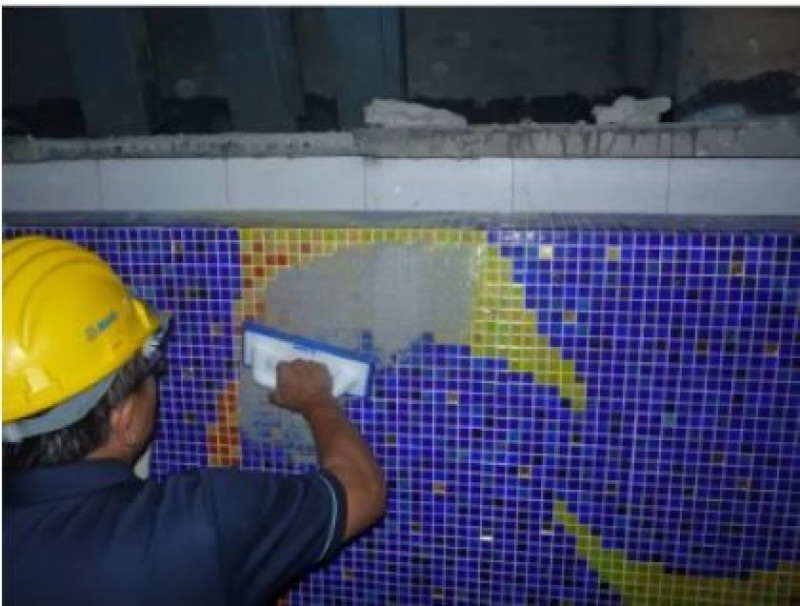

3. Remove excess grout mortar using the edge of the rubber trowel. It is important not to wait too long to remove the excess grout so that there is minimal grout residue left on the surface.
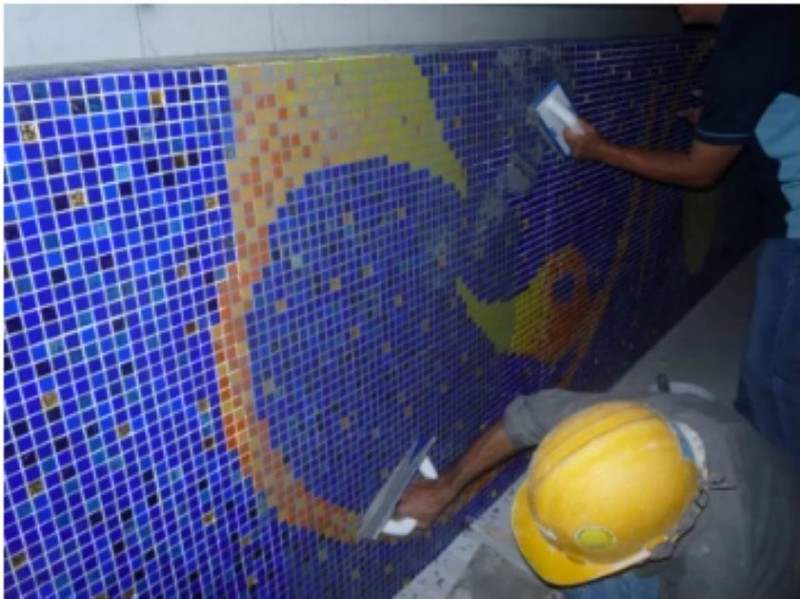
4. Wet the surface with water and use a scrubbing pad to loosen the grout residue. After a few rounds of cleaning, the water tends to get sticky with resin residue. Always change the water after a few rounds of cleaning, otherwise, reusing the water will leave a sticky residue on the surface.
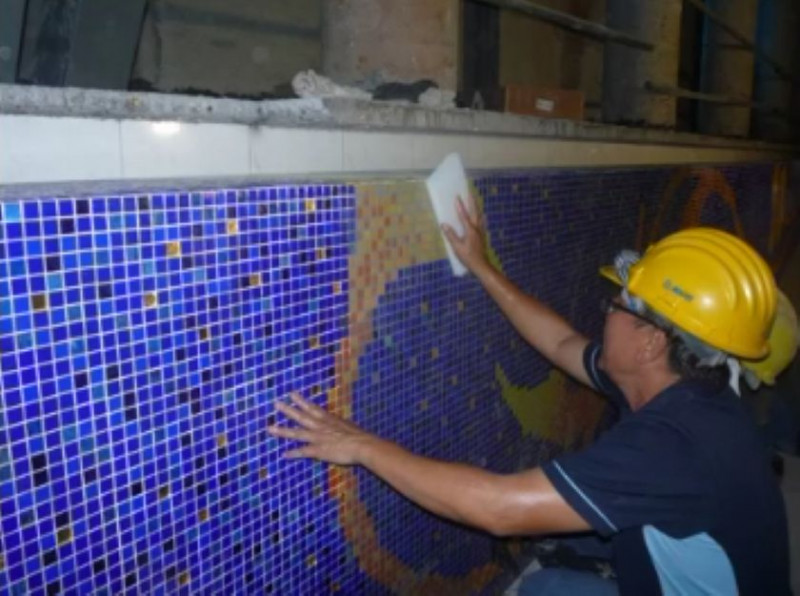
5. Final clean the surface thoroughly with clean water and sponge within the day of application and ensure that the surfaces are not sticky.
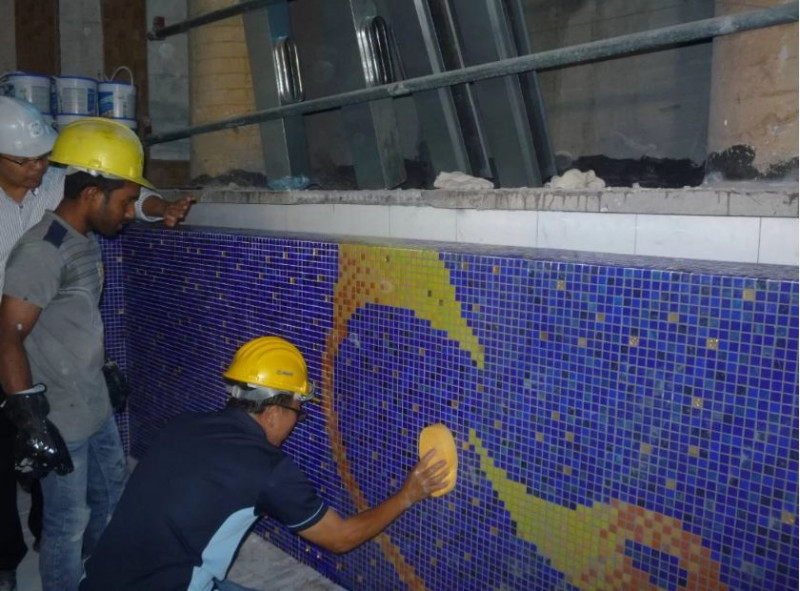
6. For epoxy grouts in marble flooring, do an on-site polishing to achieve a seamless joint finish.
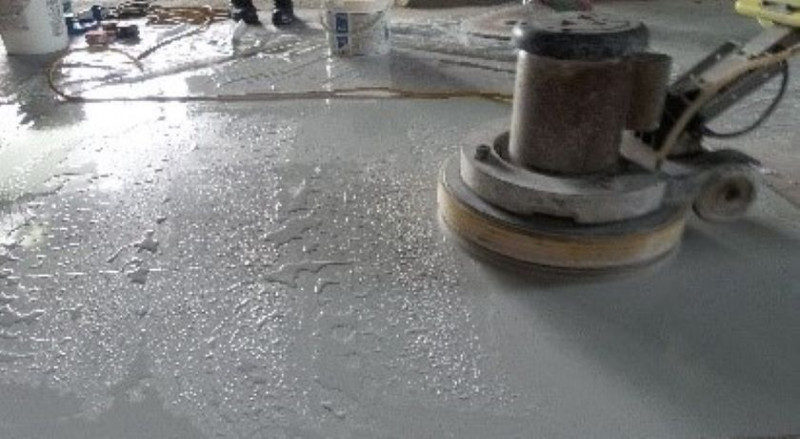
Queries? Contact Mapei Singapore for consultation or your project needs.
____



